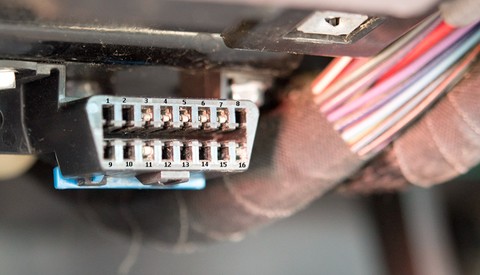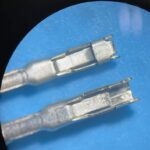OBD stands for On-Board Diagnostics, a system that allows you to access your car’s computer and diagnose problems. But how do you know if your car uses OBD1 or OBD2? This guide will help you determine which system your vehicle uses and what that means for diagnostic tools.
One of the most common questions car owners ask is, “Do I Have Obd2 Or 1?” While the transition to OBD2 happened around the model year 1996 in the US and 2001 in Europe, there are exceptions. Knowing the difference is crucial for choosing the right diagnostic scanner.
OBD2 is the more modern system, providing standardized trouble codes and more detailed information. Vehicles manufactured after the mandated cutoff dates are generally OBD2 compliant. However, some vehicles produced before these dates might also have OBD2, making it essential to check your specific car model.
Conversely, OBD1 systems were used in vehicles manufactured before the widespread adoption of OBD2. These systems often have manufacturer-specific connectors and trouble codes, making diagnosis more complex. If you suspect your car might have OBD1, there are ways to confirm.
The easiest way to determine if you have OBD2 or OBD1 is to check your car’s diagnostic port. The OBD2 port is a standardized 16-pin trapezoidal connector usually located under the dashboard on the driver’s side.
OBD1 connectors, on the other hand, vary significantly in shape, size, and location. They can have different pin configurations and are often found under the dash or in the engine bay. Examples include:
A 14-pin adapter, often required for older Nissans, typically located behind the fuse panel cover.
A Toyota 22-pin OBD1 port, often found in the engine bay.
If your vehicle has a non-standard connector or you’re unsure, consulting your car’s owner’s manual or an online OBD2 car compatibility list can provide a definitive answer.
The corresponding Toyota 22-pin OBD1 adapter needed to connect to a diagnostic tool.
Another critical factor to consider is that even if your car has a 16-pin connector, it doesn’t guarantee OBD2 compliance. Some older vehicles use a 16-pin connector but still operate on an OBD1 protocol.
Using the wrong diagnostic tool can lead to inaccurate readings or even damage to your vehicle’s computer. If you have an OBD1 car, you’ll need a scan tool specifically designed for OBD1 protocols. While an OBD1 scan tool can usually read both OBD1 and OBD2 systems, an OBD2 scanner won’t work on an OBD1 car, even with an adapter. The adapter only changes the physical connection, not the communication protocol.
By understanding the key differences between OBD1 and OBD2 and knowing how to identify them, you can ensure you’re using the correct diagnostic tools and procedures for your vehicle. This knowledge will empower you to troubleshoot issues effectively and maintain your car’s health.


